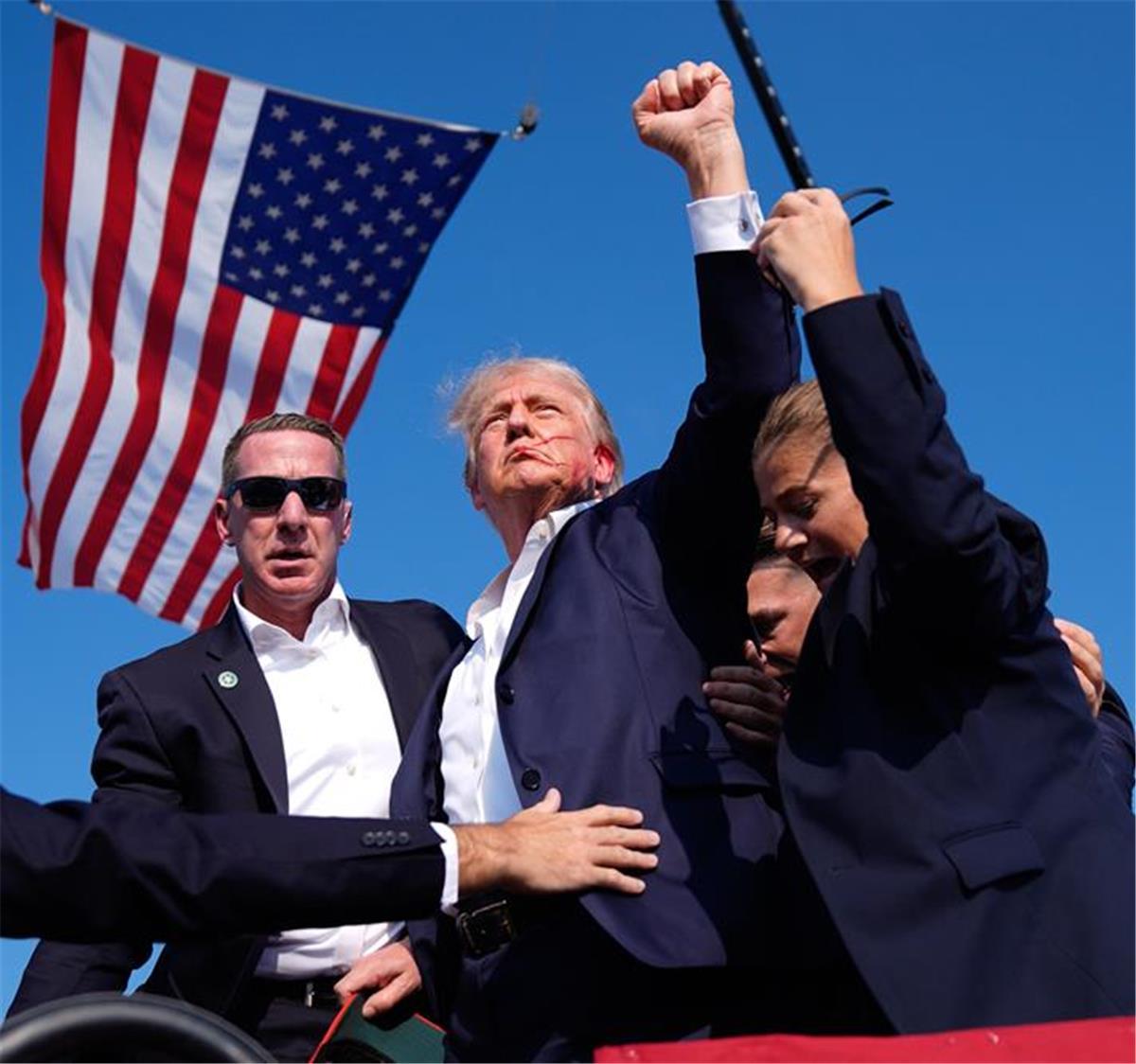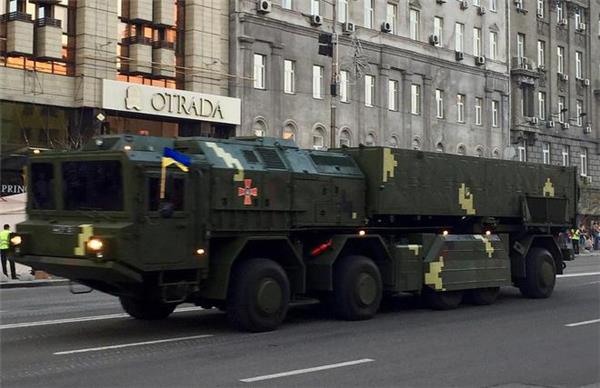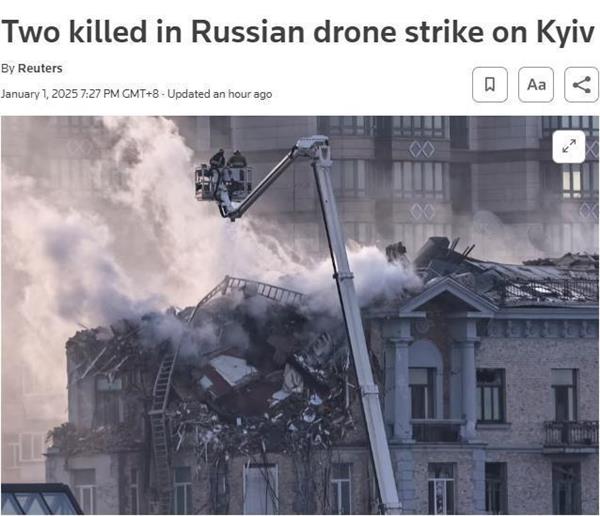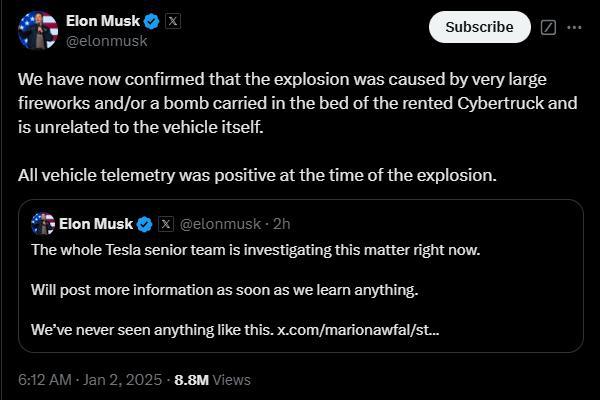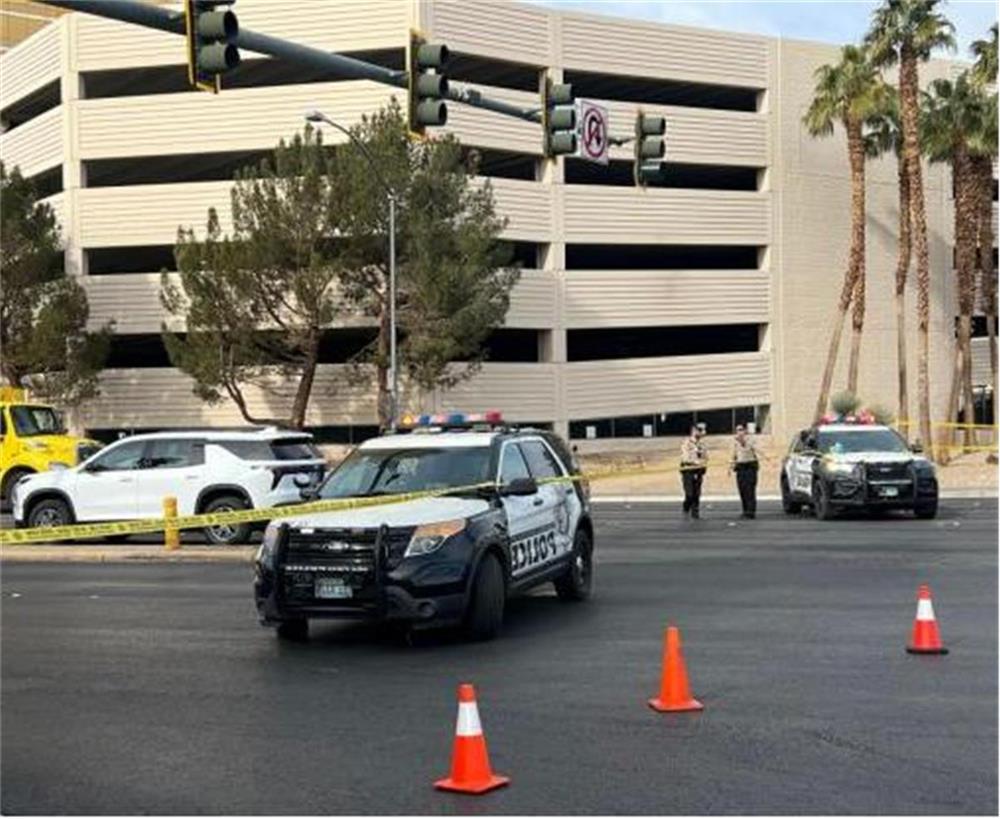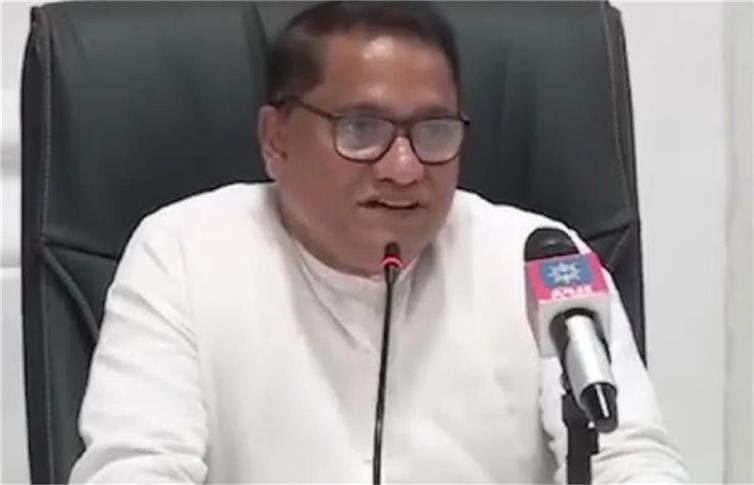What will happen to TikTok on January 10th, US time?
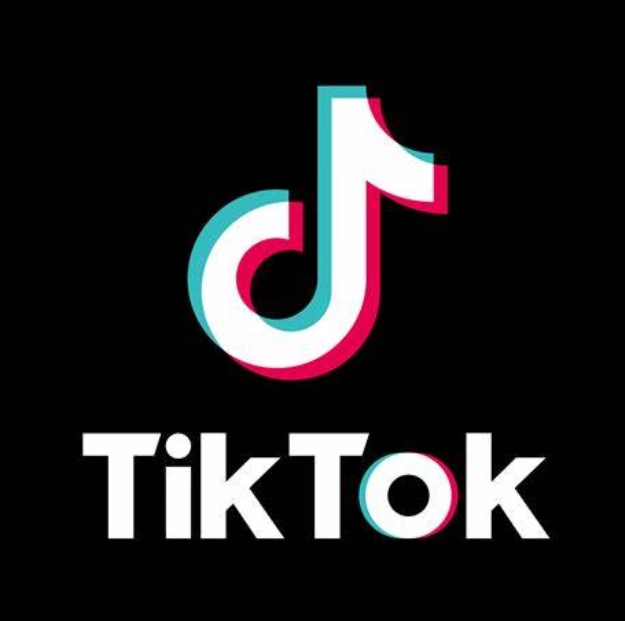
On the morning of January 10, Eastern Time, the United States Supreme Court will hear oral arguments on whether "buy or ban" laws, which require social-media platforms to sell a foreign-owned service or face being blocked in the United States, violate the US Constitution's First Amendment guarantee of freedom of speech. The oral arguments have come about because, after TikTok sued the US government over the law, a federal appeals court found that the US government's "buy or ban" law is constitutional. That prompted TikTok and its parent company, ByteDance, to submit an emergency injunction, which is what the Supreme Court is expected to address. The injunction requests a stay on the "buy or ban" laws, pending a full trial, and for the appeals court's decision to be stayed.
For several years, the US government has led an aggressive campaign to label and blacklist Chinese technology companies on the pretext that they might pose a threat to US national security. During this time, the US government has behaved with utter opacity.
The first example of this is the "buy or ban" law itself. The US House of Representatives passed comprehensive legislation to ban TikTok in August after an all-of-three-hours closed-door session with top administration officials.
This is not the first time the US government has resorted to closed-door meetings to ram through bills affecting TikTok. Previously, the US Senate Judiciary Committee held its own closed-door briefing, relying on what it called "non-public evidence." In 2022, the House Intelligence Committee published a 36-page report that also cited "non-public information," which members subsequently used to pressure TikTok into agreeing to the "buy or ban" provision.
Even when these closed-door meetings and non-public evidence resulted in publicly available material, such as reports or statements of "factual findings," those findings were typically heavily redacted, leaving most of the justifications for TikTok's treatment unknown to the public and the courts.
Now comes the second example of US opacity in this saga. When TikTok appealed the "buy or ban" law and its mandated data-collection provisions, which would allow the US government to review TikTok's code and user data, the US Department of Justice submitted a classified filing in July 2023 to the appeals court. In November, the appeals court referred heavily to the DOJ's secret submission as a basis for its finding that the "buy or ban" law is constitutional.
What remains unknown is what was in these undisclosed documents and just how much of the US government's constitutional arguments were based on them.
What is known is that even when the evidence wasn't hidden behind a wall of redactions, the US government's case against TikTok still collapsed. The DOJ's classified filing was not the only evidence presented to the appeals court, and the parts of that evidence that were available to the public revealed gaping holes.
Most notably, even though the "buy or ban" law is supposed to address perceived threats to US national security, the evidence submitted to the appeals court repeatedly revealed that there is no evidence that China had ever tried to exercise any of the five types of control that it supposedly had over TikTok. One filing admitted that there is "no evidence that [any of the five] pathways for control has ever been used." Another said that the US government had found "no actual exercise of control or coercion." And a third admitted that the government had "no information" indicating "that China is using TikTok to 'secretly manipulate which information Americans receive.'"
This is not surprising. It simply reflects a lack of knowledge on the part of the US government. The evidence that TikTok allegedly poses a national-security threat is so shrouded in secrecy that even the US government itself has no idea what TikTok is supposedly doing.
 Famous Persons
Famous Persons English
English
 Hirry
Hirry Facebook
Facebook Twitter
Twitter Pinterest
Pinterest Linkin
Linkin Email
Email Copy Link
Copy Link